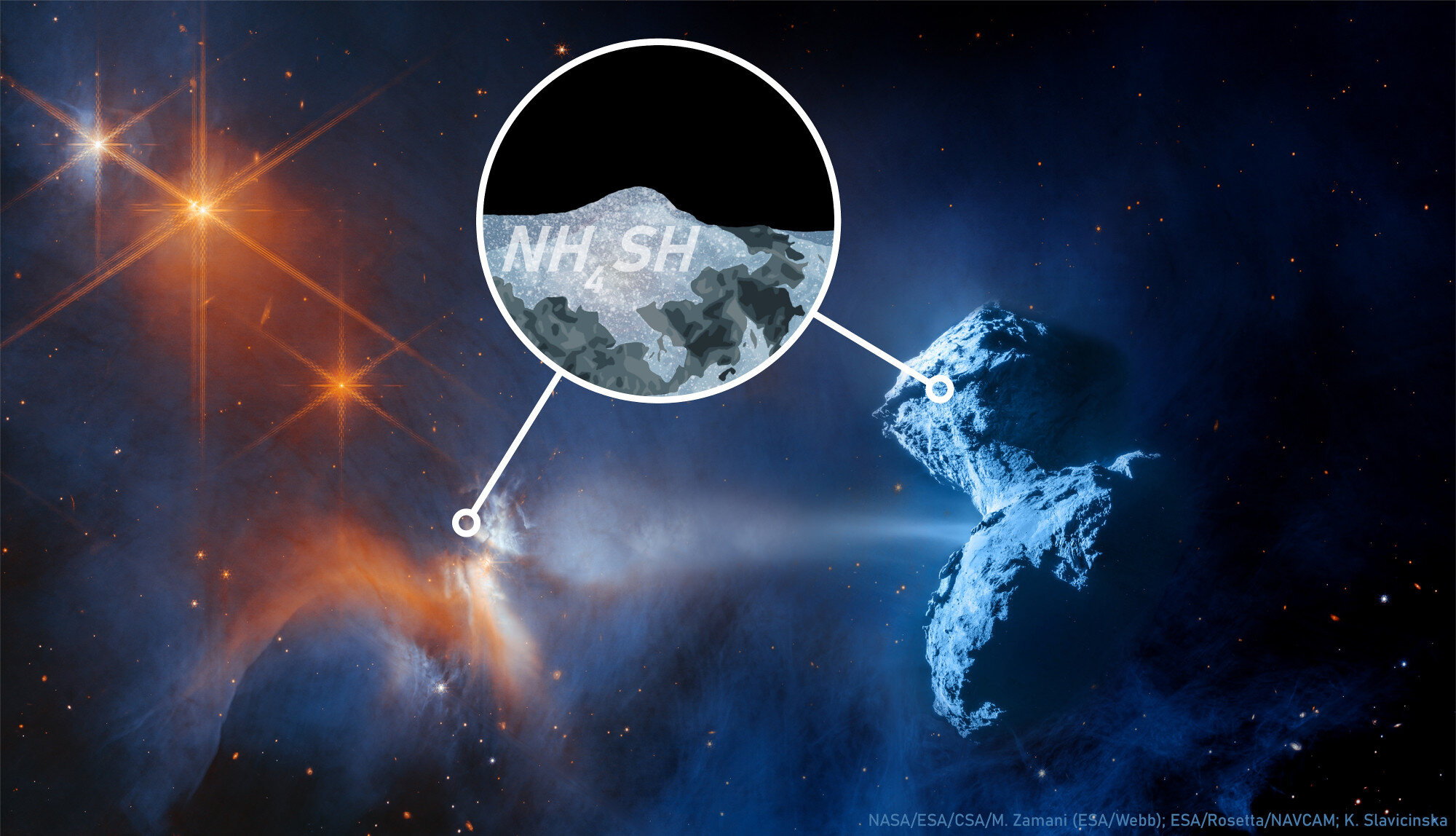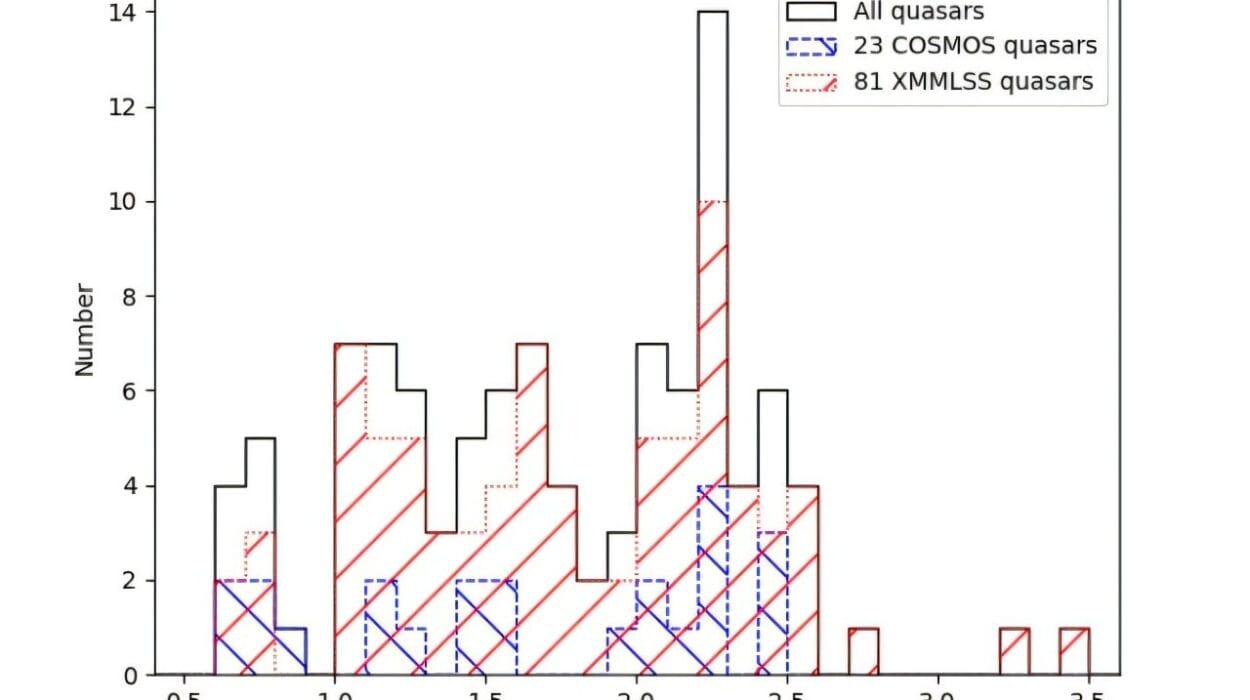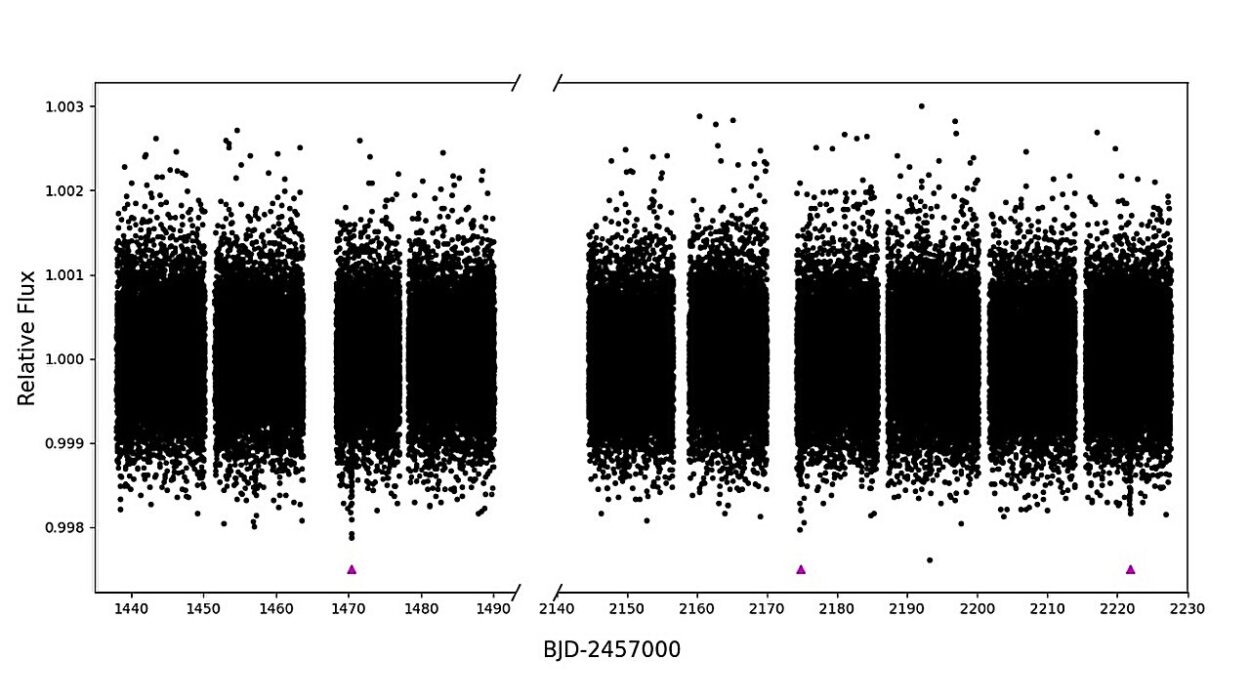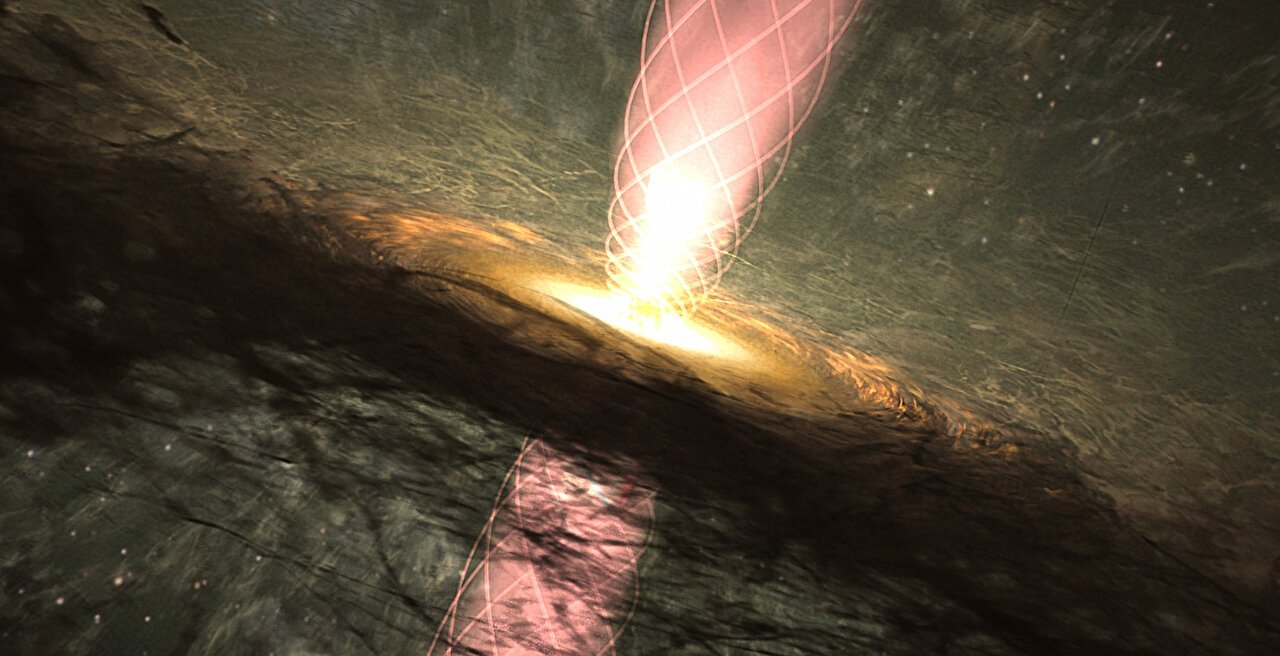Astronomy has long been fascinated by the composition of distant star-forming regions and the complex chemistry that governs their evolution. One of the most perplexing puzzles has been the mystery surrounding the missing sulfur gas in these regions and an unexplained spectral peak seen in infrared observations. However, a groundbreaking study led by an international team of astronomers from Leiden University offers a solution that addresses both of these mysteries simultaneously.
In a recent article published in the journal Astronomy & Astrophysics, the researchers reveal how laboratory experiments, simulating icy cosmic conditions, demonstrate that sulfur can bind with ammonium to form ammonium hydrosulfide salt. This salt, in turn, adheres to dust particles and pebbles, helping to explain the missing sulfur and a puzzling feature observed in the data from the James Webb Space Telescope (JWST).
The Mystery of the Missing Sulfur
For over two decades, astrochemists and astronomers have been grappling with two key questions. The first concerns the strikingly low levels of volatile sulfur in dense clouds and star-forming regions, compared to the relatively higher levels found in the less dense interstellar medium. Despite its abundance in the gas phase, much of the sulfur in these dense regions seems to be missing.
The second mystery is related to a peculiar peak in the infrared spectra obtained from star-forming regions. This peak has been observed by various telescopes, including the James Webb Space Telescope’s Mid-Infrared Instrument (MIRI), but its origin has remained elusive.
The team from Leiden University, led by Ph.D. student Katie Slavicinska, has proposed a solution to both puzzles. Their theory suggests that sulfur is being hidden in the form of ammonium hydrosulfide salt, which forms under icy conditions in star-forming regions. According to their experiments, this salt binds with ice-coated dust and pebbles, trapping sulfur in solid form rather than leaving it in the gas phase where it could be detected.
The Role of Ammonium Hydrosulfide Salt
To understand how this process works, the researchers simulated conditions found in dense, cold cosmic environments. They recreated a setting where ammonia (NH₃) and hydrogen sulfide (H₂S) are present in icy ices surrounding dust particles. These molecules are known to be volatile in their gaseous forms but can interact to form solid compounds when temperatures are extremely low.
The laboratory experiments showed that under such icy conditions, ammonia and hydrogen sulfide quickly reacted to form ammonium hydrosulfide (NH₄SH), a sulfur-containing salt. This finding suggests that in star-forming regions, where dust and ice particles abound, sulfur becomes chemically trapped within these ice-coated grains. This could explain why sulfur gas, typically expected in such regions, seems to be “missing” from the observable data.
But the discovery doesn’t end there. The researchers also observed that ammonium hydrosulfide salt produces a distinctive infrared signature, which matches the mysterious peak seen in the spectra from the James Webb Space Telescope’s MIRI instrument.
Linking Laboratory Findings to Observations
The key breakthrough came when the team compared their laboratory results with the data from JWST. The infrared spectra obtained from star-forming regions showed a peak at a specific wavelength. When the researchers analyzed the spectral properties of ammonium hydrosulfide salt, they found that this compound produced a very similar peak. This finding allowed the team to estimate that up to 20% of the missing sulfur in these regions could be in the form of ammonium hydrosulfide bound to dust and pebbles.
“I think it is great that we are finally unraveling both mysteries,” says Slavicinska. “With our research, we are killing two birds with one stone.” Not only does this work explain the missing sulfur, but it also provides a potential solution to the unexplained infrared peak that has puzzled astronomers for years.
The Connection to Cometary Material
The research was sparked by data from the European Space Agency’s Rosetta mission, which studied the comet 67P/Churyumov-Gerasimenko between 2014 and 2016. One of the surprising findings of the Rosetta mission was the discovery of unexpectedly high levels of ammonium hydrosulfide in the comet’s dust particles.
“Since we suspect that comets contain a lot of pristine icy material from the early days of our solar system, looking for ammonium hydrosulfide in the ice of star-forming regions was the logical next step,” explains Slavicinska. The discovery of ammonium hydrosulfide in comets suggested that this compound could be present in other icy bodies, such as the dust and ice found in star-forming regions.
Adwin Boogert, a co-author of the study and a scientist at the University of Hawaii, adds, “It’s exciting to see how we can increasingly follow chemical traces back from our current solar system to the origin of new solar systems.” This research connects the chemistry observed in the early solar system with the processes occurring in other star-forming regions, shedding light on the formation of new stars and planetary systems.
The Next Steps: Confirming the Theory and Finding the Missing Sulfur
The researchers are eager to continue their investigations, especially with the advanced capabilities of the James Webb Space Telescope. Future observations with the MIRI instrument will help confirm the link between ammonium hydrosulfide and the mysterious infrared peak in star-forming regions. In particular, the team hopes to better understand the full extent of sulfur’s presence in these regions.
“While we estimate that 20% of the missing sulfur could be accounted for by ammonium hydrosulfide, we still need to explore where the remaining 80% is,” says Slavicinska. Previous research has suggested that other sulfur compounds, such as metallic sulfides and sulfur allotropes, might also play a role in these regions, and the team plans to explore these possibilities in future work.
Implications for Astrophysical Chemistry
This research has broad implications for our understanding of astrochemistry, particularly in the context of star formation and the development of planetary systems. The finding that sulfur can be trapped in dust and ice particles in star-forming regions adds another layer of complexity to our understanding of the chemical processes taking place in these environments.
Additionally, the discovery of ammonium hydrosulfide as a potential contributor to the missing sulfur and infrared peaks helps refine models of the chemistry of dense molecular clouds and star-forming regions. Understanding the behavior of volatile compounds like ammonia and hydrogen sulfide in these environments is crucial for comprehending the formation of complex molecules and the building blocks of life in space.
Conclusion
The study led by Leiden University astronomers represents a significant step forward in resolving some of the most intriguing mysteries in astrophysics. By identifying ammonium hydrosulfide salt as a key player in the missing sulfur mystery and the unexplained infrared peak, the researchers have not only explained two long-standing puzzles but have also opened up new avenues for exploration in the field of astrochemistry.
As astronomers continue to refine their models of star formation and chemical evolution, the role of compounds like ammonium hydrosulfide will likely become a crucial piece of the cosmic puzzle. With further observations from the James Webb Space Telescope and other upcoming missions, researchers are poised to make even more exciting discoveries about the chemistry of the universe.
Reference: K. Slavicinska et al, Ammonium hydrosulfide (NH4SH) as a potentially significant sulfur sink in interstellar ices, Astronomy & Astrophysics (2025), doi.org/10.1051/0004-6361/202451383 [preprint: arxiv.org/abs/2410.02860]





